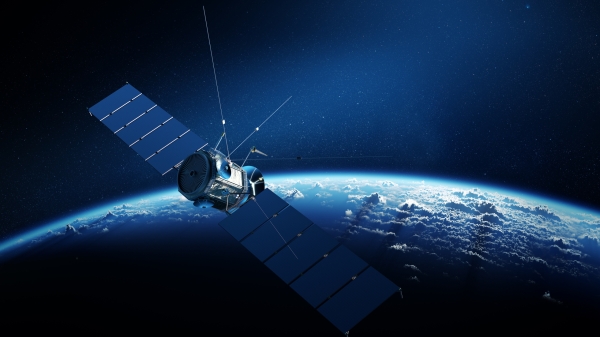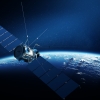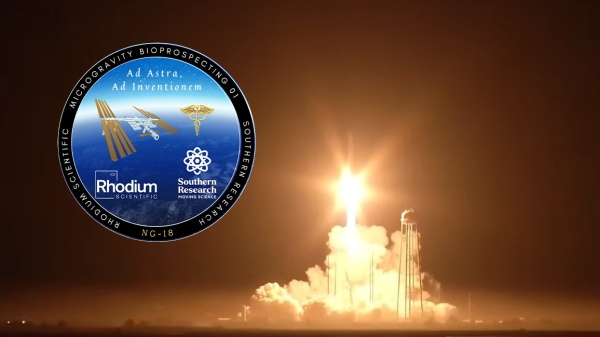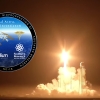By Brandon Moseley
Alabama Political Reporter
Scientists using NASA’s Hubble Space Telescope have announced that they have characterized the atmospheres of two of the most common type of planets in the Milky Way galaxy and found both might be blanketed with clouds. Exoplanets are planets orbiting stars other than our own.
Planets GJ 436b is located 36 light-years from Earth in the constellation Leo. Planet GJ 436b is categorized by the scientists as a “warm Neptune” because it is much closer to its star than frigid Neptune is to the sun, but it is of similar size and mass to our solar system’s Neptune (Neptune at 102,410,000,000,000,000 billion kilograms is 17.15 times the mass of Earth).
Heather Knutson with the California Institute of Technology in Pasadena, CA said that based on transit observations of the planet crossing in front of its star with NASA’s Hubble Space Telescope,
“Either this planet has a high cloud layer obscuring the view, or it has a cloud-free atmosphere that is deficient in hydrogen, which would make it very unlike Neptune. Instead of hydrogen, it could have relatively large amounts of heavier molecules such as water vapor, carbon monoxide, and carbon dioxide, which would compress the atmosphere and make it hard for us to detect any chemical signatures.”
The Hubble spectra were featureless and revealed no chemical fingerprints whatsoever in GJ 436b’s atmosphere. Knutson is leading the team that prepared the paper on the atmospheric study of GJ 436b.
Planet GJ 1214b is 40 light-years away in the constellation Ophiuchus. Planet GJ 1214b is known as a “super-Earth” because of its size. GJ 1214b was discovered in December 2009. It is larger than Earth but has a mass and radius significantly less than those of the gas giants in our Solar System.
A team of astronomers led by Laura Kreidberg and Jacob Bean at the University of Chicago found that planet 1214b has what they consider to be definitive evidence of high clouds blanketing the planet and hiding information about the composition and behavior of the lower atmosphere and surface. The new Hubble spectra also revealed no chemical fingerprints in GJ 1214b’s atmosphere, but the data were so precise they could rule out cloud-free compositions of water vapor, methane, nitrogen, carbon monoxide, or carbon dioxide for the first time.
Ms. Knutson said, “Both planets are telling us something about the diversity of planet types that occur outside of our own solar system; in this case we are discovering we may not know them as well as we thought. We’d really like to determine the size at which these planets transition from looking like mini-gas giants to something more like a water world or a rocky, scaled-up version of the Earth. Both of these observations are fundamentally trying to answer that question.”
Both GJ 436b and GJ 1214b can be observed when they transit in front of, their parent stars. This provides an opportunity to study these planets in more detail with telescopes such as Hubble as starlight filters through their atmospheres.
The researchers described their work as an important milestone on the road to characterizing potentially habitable, Earth-like worlds beyond the solar system.
The findings from both papers appear in the Jan. 2 issue of the journal ‘Nature’.
According to NASA, as of December 19 there are 976 confirmed exoplanets that have been identified and cataloged around 740 different stars. Additionally there are another 2,627 candidates observed by Kepler that are awaiting confirmation that they are indeed planets. To date we have identified 21,064,599 transitory light curves which could potentially be evidence that a planet is transitioning in front of an observed star.
The Kepler Mission was launched on March 6, 2009. It is the first space mission to search for Earth-size and smaller planets in the habitable zone of other stars in our neighborhood of the galaxy. Kepler is a special-purpose spacecraft that precisely measures the light variations from thousands of distant stars, looking for planetary transits. When a planet passes in front of its parent star, as seen from our solar system, it blocks a small fraction of the light from that star; this is known as a transit.
When Kepler identifies the presence of a planet, that allows scientists using other tools, such as the Hubble Space Telescope to study that world in more detail.
NASA assigned responsibility for design, development, and construction of the Hubble Space Telescope to the Marshall Space Flight Center in Huntsville, Alabama.























































